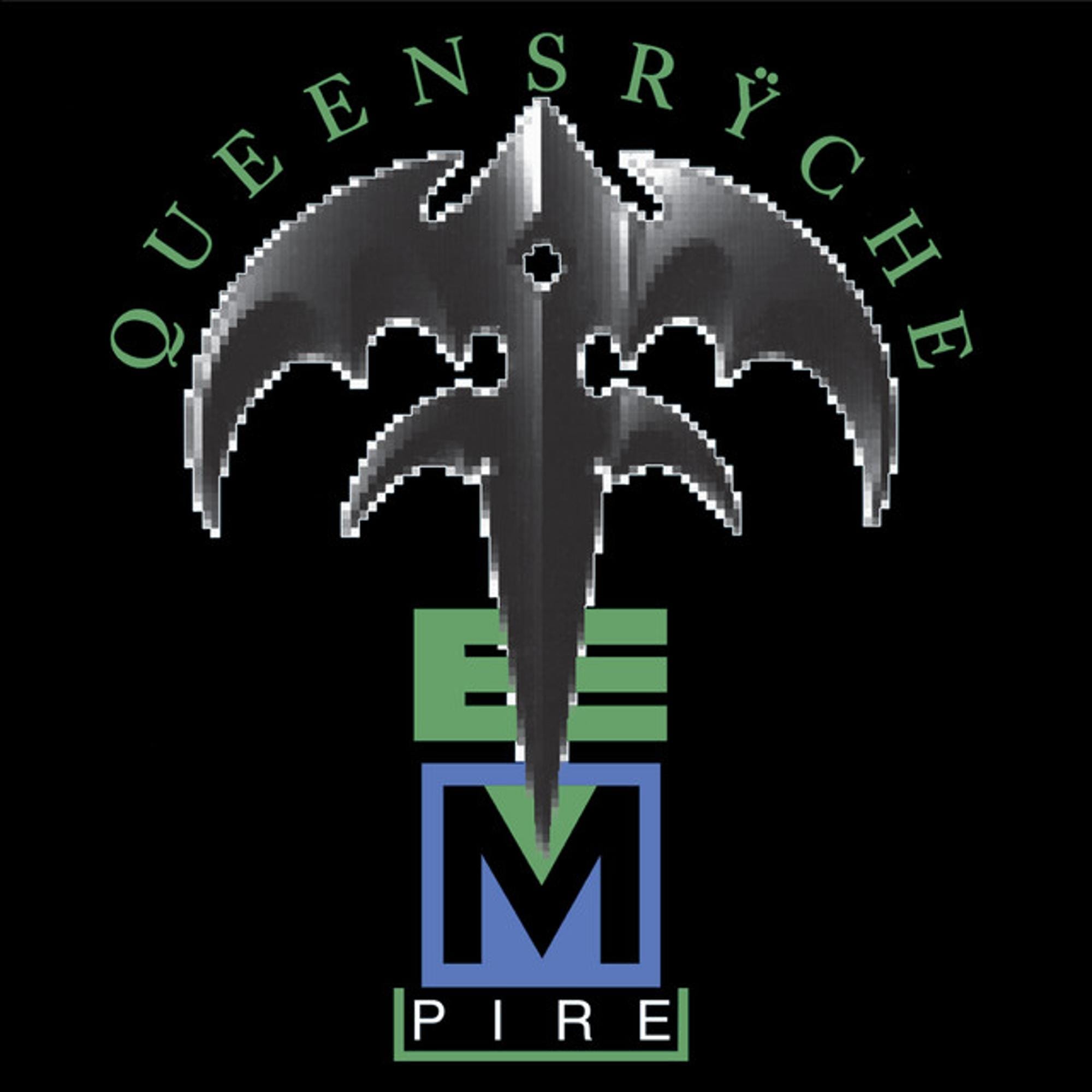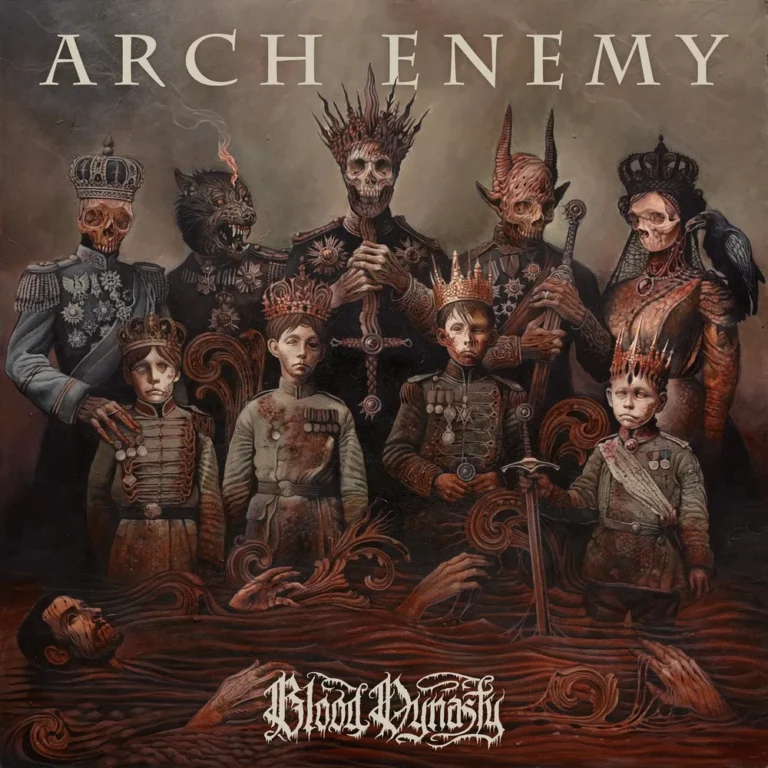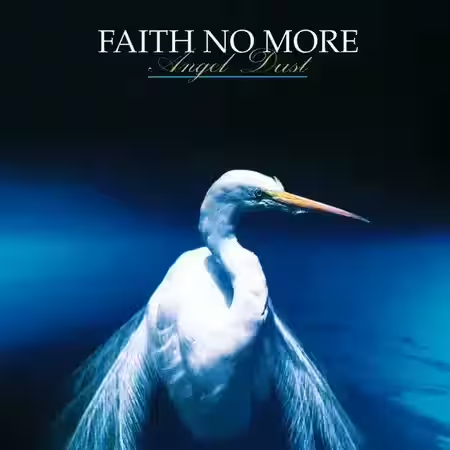
Introduction
Released on August 20, 1990, Queensrÿche’s Empire propelled the band to new heights, showcasing their unique blend of progressive metal and commercial rock. The Seattle-based quintet, known for their intricate compositions and thought-provoking lyrics, found a broader audience with this release, cementing their place in the music industry. As we delve into the making of Empire, its impact, and its lasting significance, we invite you to explore the rich tapestry of stories and insights surrounding this iconic album.
This article will cover the genesis of Empire, detailing the band’s evolution leading up to its creation. We’ll examine the recording process, commercial performance, and critical reception, providing an exhaustive analysis of each track. Furthermore, we’ll explore the album’s influences, legacy, and subsequent developments in Queensrÿche’s career, concluding with a look at remasters and reissues.
| Attribute | Details |
|---|---|
| Release date | August 20, 1990 |
| Album title | Empire |
| Genre | Pop metal, Progressive metal |
| Total runtime | 63:23 |
| Number of tracks | 11 |
| Record label | EMI USA |
| Recording studio | Vancouver Studios, Redmond, Washington |
| Producer(s) | Peter Collins |
Empire stands as a testament to Queensrÿche’s ability to merge complex musicality with mainstream appeal. The album’s lead single, “Silent Lucidity,” reached number 9 on the Billboard Hot 100, bringing the band widespread acclaim. As guitarist Chris DeGarmo noted, “We wanted to write songs that could stand alone but still carry the weight of our past works” (source: Louder). This balance between accessibility and depth is a key reason why Empire remains relevant today.
The Genesis of “Empire”
The story of Empire begins in the late 1980s, a period marked by both musical innovation and cultural upheaval. Queensrÿche, already established as a force in the progressive metal scene, was riding high on the success of their 1988 concept album, Operation: Mindcrime. This ambitious project had pushed the boundaries of storytelling in rock music, earning critical acclaim and a dedicated fanbase. As the band prepared to enter the studio once more, they faced the challenge of crafting a follow-up that would not only meet but exceed expectations.
Musically, the late ’80s and early ’90s were a time of transition. The dominance of glam metal was waning, giving way to the raw energy of grunge and alternative rock. Queensrÿche, however, was determined to forge their own path. With Empire, they sought to create an album that balanced their progressive roots with a more polished, radio-friendly sound. This decision was influenced by their desire to reach a broader audience without sacrificing the complexity that defined their earlier work.
The primary creative forces behind Empire were vocalist Geoff Tate and guitarist Chris DeGarmo. Their collaborative songwriting process was instrumental in shaping the album’s sound and themes. DeGarmo, in particular, played a pivotal role, contributing not only his guitar skills but also his knack for crafting memorable melodies. As the band entered Vancouver Studios and Redmond, Washington’s Triad Studios, they were joined by producer Peter Collins, whose expertise would prove invaluable in bringing their vision to life.
Below is a table listing the band members and their respective roles during the production of Empire:
| Band Member | Instrument/Role |
|---|---|
| Geoff Tate | Vocals, Keyboards |
| Chris DeGarmo | Guitars, Keyboards, Harmony Vocals |
| Michael Wilton | Guitars |
| Eddie Jackson | Bass, Backing Vocals |
| Scott Rockenfield | Drums, Percussion |
Financing the recording of Empire was no small feat. The band had secured a substantial budget from EMI USA, reflecting the label’s confidence in their potential to deliver a hit record. However, this financial backing came with its own set of pressures, as the band was keenly aware of the high expectations placed upon them. The album’s title, Empire, was chosen to reflect the band’s aspirations and the expansive nature of the music they were creating. The cover art, designed by Hugh Syme, encapsulates this theme with its striking imagery, serving as a visual representation of the album’s grand ambitions.
Recording Process
The recording sessions for Empire were a meticulous affair, beginning in the spring of 1990. The band split their time between Vancouver Studios and Triad Studios in Redmond, Washington, each location offering unique advantages. Vancouver Studios, known for its state-of-the-art equipment and acoustics, provided the perfect environment for capturing the album’s intricate soundscapes. Meanwhile, Triad Studios offered a more intimate setting, ideal for refining the album’s more personal tracks.
Producer Peter Collins, who had previously worked with Queensrÿche on Operation: Mindcrime, returned to helm the project. His experience with bands like Rush and Alice Cooper made him an ideal choice for the task. Collins was known for his ability to balance technical precision with creative spontaneity, a skill that proved invaluable during the recording of Empire. He was supported by engineer James Barton, whose expertise in mixing and sound design played a crucial role in shaping the album’s sonic identity.
While the exact equipment used during the recording of Empire is not fully documented, we can make some educated assumptions based on the studios’ capabilities at the time:
| Equipment | Assumed Usage |
|---|---|
| Microphones | Neumann U87, Shure SM57 |
| Mixing Desk | SSL 4000 Series |
| Compressors | Urei 1176, dbx 160 |
| Guitars | Gibson Les Paul, Fender Stratocaster |
| Amplifiers | Marshall JCM 800, Soldano SLO-100 |
During the recording process, the band faced several challenges, including tight deadlines and the pressure to produce a commercially viable album. However, these obstacles were met with determination and creativity. One notable anecdote involves the recording of “Silent Lucidity,” where orchestral arrangements by Michael Kamen were added to enhance the track’s emotional depth. This collaboration brought a new dimension to the song, which would later become one of the band’s most beloved hits.
Peter Collins’ extensive discography is a testament to his prowess as a producer. Below is a table of other albums he produced:
| Producer | Artist | Album | Year |
|---|---|---|---|
| Peter Collins | Rush | Power Windows | 1985 |
| Peter Collins | Rush | Hold Your Fire | 1987 |
| Peter Collins | Rush | Counterparts | 1993 |
| Peter Collins | Rush | Test For Echo | 1996 |
Commercial Performance and Reception
Upon its release, Empire was met with both commercial success and critical acclaim. The album debuted at number 7 on the Billboard 200, eventually achieving triple-platinum status. This remarkable achievement was driven in part by the success of its singles, particularly “Silent Lucidity,” which became a staple on rock radio and MTV. The album’s blend of accessible melodies and sophisticated musicianship resonated with a wide audience, solidifying Queensrÿche’s position in the mainstream rock landscape.
Despite the challenges of competing in a rapidly changing music industry, Empire held its own against other major releases of the time. Its success was a testament to the band’s ability to adapt and innovate, even as new genres like grunge began to dominate the airwaves. The album’s themes of resilience and hope struck a chord with listeners, earning it a lasting place in the hearts of fans worldwide.
Below is a table detailing the commercial performance of Empire alongside other albums:
| Album | Sales | Year Released |
|---|---|---|
| Empire | 3 million | 1990 |
In addition to its commercial achievements, Empire received numerous accolades. It was nominated for two Grammy Awards in 1992 for Best Rock Song and Best Rock Vocal Performance by a Duo or Group, thanks to “Silent Lucidity.” The album also won a 1991 Northwest Area Music Award for Best Metal Recording, further cementing its legacy as a defining work in Queensrÿche’s discography.
Other albums released in 1990 include:
- Rust in Peace by Megadeth [1 million]
- Painkiller by Judas Priest [500 thousand]
- Facelift by Alice in Chains [2 million]
The competitive landscape of 1990 was fierce, with these significant releases shaping the rock and metal scenes. Despite this, Empire managed to stand out, thanks to its innovative approach and the band’s unwavering commitment to their craft.
Singles and Track Analysis
Queensrÿche released several singles from Empire, each contributing to the album’s overall success. The lead single, “Empire,” was released in September 1990, followed by “Best I Can” in December 1990. The standout track, “Silent Lucidity,” hit the airwaves in January 1991, captivating audiences with its haunting melody and introspective lyrics. The final single, “Jet City Woman,” was released in May 1991, further solidifying the album’s presence on the charts.
Below is a detailed table of the tracks on Empire:
| Track Name | Length | Writing Credit |
|---|---|---|
| Best I Can* | 5:34 | DeGarmo |
| The Thin Line | 5:42 | Tate, DeGarmo |
| Jet City Woman* | 5:21 | DeGarmo |
| Della Brown | 7:04 | DeGarmo, Tate |
| Another Rainy Night* | 4:29 | Tate, Wilton |
| Empire* | 5:24 | DeGarmo |
| Resistance | 4:51 | Tate, DeGarmo |
| Silent Lucidity* | 5:48 | DeGarmo |
| Hand On Heart | 5:33 | Tate, DeGarmo |
| One And Only | 5:54 | DeGarmo, Tate |
| Anybody Listening? | 7:41 | DeGarmo, Tate |
Note: Songs marked with * were released as singles. “Silent Lucidity” reached number 9 on the Billboard Hot 100.
Influences and Legacy
The influences behind Empire are as diverse as they are profound. Drawing inspiration from the likes of Pink Floyd and The Beatles, Queensrÿche crafted an album that defied easy categorization. The band’s progressive metal roots are evident throughout, but the inclusion of orchestral elements and introspective lyrics set Empire apart from its contemporaries. As Geoff Tate once remarked, “We wanted to create something that would stand the test of time, something that would resonate with listeners on a deeper level” (source: uDiscoverMusic).
Below is a table highlighting the influences on Empire and the artists it subsequently inspired:
| Influences on “Empire” | Artists Influenced by “Empire” |
|---|---|
| Pink Floyd | Dream Theater |
| The Beatles | Fates Warning |
| Progressive Rock | Symphony X |
The year 1990 was marked by significant global events, from the fall of the Berlin Wall to the release of Nelson Mandela. Culturally, it was a year of transition, with films like Ghost and Home Alone dominating the box office. In the music world, Empire stood out as a beacon of innovation, influencing a generation of artists and leaving an indelible mark on the industry.
Five Things about Empire
Even decades after its release, Empire continues to captivate audiences with its timeless appeal. Here are five intriguing facts about the album:
| Fact | Details |
|---|---|
| Chart Success | “Silent Lucidity” reached number 9 on the Billboard Hot 100, making it one of Queensrÿche’s most successful singles. |
| Orchestral Collaboration | Michael Kamen arranged the orchestral parts for “Silent Lucidity,” adding a new dimension to the track. |
| Triple-Platinum Status | Empire achieved triple-platinum status, selling over 3 million copies in the United States alone. |
| Grammy Nominations | The album was nominated for two Grammy Awards in 1992, highlighting its critical acclaim. |
| Conceptual Shift | Empire marked a departure from the concept album format of Operation: Mindcrime, focusing instead on standalone tracks. |
Media and Television Usage
The influence of Empire extended beyond the music charts, with its tracks featuring in various media. Below is a table of known media usage:
| Song Title | Media | Year |
|---|---|---|
| Silent Lucidity | Supernatural | 2005 |
Critical Reviews and Retrospectives
Over the years, Empire has been the subject of numerous reviews and retrospectives, reflecting its enduring impact. Critics have praised the album for its blend of accessibility and sophistication, though some have noted a shift towards a more commercial sound compared to the band’s earlier works. Below is a table summarizing critical reviews:
| Publication | Review Score | Notable Quotes | Source |
|---|---|---|---|
| AllMusic | 4/5 | “A song-oriented approach that is more art rock and less metal.” | AllMusic |
| Record Collector | 3/5 | “A very pleasant, but only intermittently gripping listen.” | Record Collector |
| PopMatters | Mixed | “An enigma… beautifully produced but conceptually scattershot.” | PopMatters |
After Empire
Following the success of Empire, Queensrÿche faced the challenge of maintaining their momentum in a rapidly changing music industry. Their subsequent album, Promised Land, released in 1994, marked a shift towards a more introspective and experimental sound. While it achieved commercial success, the rise of grunge and alternative rock presented new challenges for the band.
In the years that followed, Queensrÿche experienced several lineup changes, most notably the departure of Chris DeGarmo in 1997. These changes, coupled with evolving musical trends, impacted the band’s popularity. However, they continued to release new material and tour, maintaining a loyal fanbase.
As of October 18, 2024, Queensrÿche remains active, with Michael Wilton and Eddie Jackson continuing to lead the band. They have embraced new technologies and platforms to connect with fans, releasing new music and performing live shows worldwide.
Remasters and Reissues
The legacy of Empire has been preserved through various remasters and reissues, allowing new generations of listeners to experience its magic. Below is a table of known remasters and reissues:
| Format | Details |
|---|---|
| CD | Remastered edition released in 2003 |
| Vinyl | 180-gram vinyl reissue released in 2021 |
| Box Set | Deluxe box set with DVD and live recordings released in 2021 |
Conclusion
In conclusion, Empire remains a pivotal album in Queensrÿche’s discography, showcasing their ability to blend progressive metal with mainstream appeal. Its enduring impact on music and culture is a testament to the band’s talent and vision. As Geoff Tate once reflected, “We set out to create something timeless, and I believe we’ve achieved that with Empire” (source: LouderSound).
For further reading, visit the Wikipedia page for Empire, the official Queensrÿche website, and the record label’s website.
Let us know in the comments what your thoughts are on Empire by Queensrÿche. Did we miss anything? Share your experiences and join the conversation!




